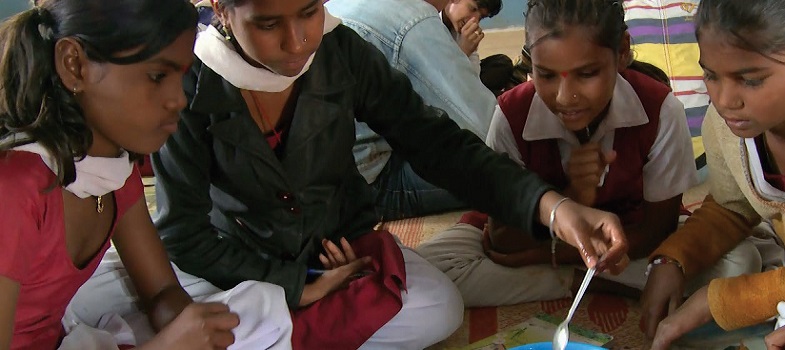1 Introducing the multilingual classroom
Activity 1: Key principles
The three statements that follow are based on the findings of international educational research on effective classroom practice in multilingual contexts:
- Students learn best in the language they know best.
- Teachers teach most effectively in the language they’re most familiar with.
- The longer teaching and learning take place in the first language, the better the educational outcomes.
Now answer the questions below, discussing them with a colleague if possible:
- As a teacher, what are the challenges of integrating these statements into your daily classroom practice?
- Is there a ‘language gap’ between you and your students, or amongst the students that make up your class? If so:
- How does this affect your teaching and their learning?
- How does this affect relationships in the classroom?
- Do you do anything to acknowledge your students’ other languages in your teaching? Why or why not?
The three statements above reflect increasing powerful evidence of the positive impact that prolonged teaching in the mother tongue has on students’ school attendance and their long-term educational success.
While the introduction of wholly mother tongue-based teaching may not be possible in your school, there are many small changes you can make to your teaching practice to draw on the valuable home language resources that your students bring to the classroom.
Case Study 1: Observing students
Mr Dharmendra, a Class I and II teacher in a rural school in Madhya Pradesh, describes what he noticed when he observed his students communicating in their home languages.
I used to have quite negative attitudes towards my students using their home language in school. I felt that the best way for them to learn the school language was to listen to and use it all the time. I believed that mixing languages in school could be confusing to them. Perhaps the fact that I could understand and speak only very little of their home languages was another reason why I was uncomfortable about them using them in class.
Some of my Class I and II students were very quiet in my lessons. It was difficult for me to know what they understood and what they were learning.
One morning, I noticed that two normally reticent students that I had paired up were talking animatedly about a Hindi reading text in Neemadi, the language they spoke at home. That lunchtime, I overheard a very shy student explaining a recently introduced science-related concept to his friend in the playground, with the help of a diagram, in their home language, Bhili. At the end of the day, I observed a child who did not usually talk, retelling a story I had told the class earlier in Hindi to her grandfather in their home language, Malvi.
I was struck by the confidence, capability, good humour and social skills of these children, as they communicated with others in the language they knew best. I realised that I needed to provide opportunities for them to display these same qualities in the classroom too.
Pause for thought Take time each day to observe and listen to those students who may otherwise be quiet in class when they are talking to others in a more familiar shared language. What qualities and behaviours do they demonstrate that perhaps you had not been aware of before? |
Now read Resource 1 on involving all your students in your classroom activities.
Why this approach is important
